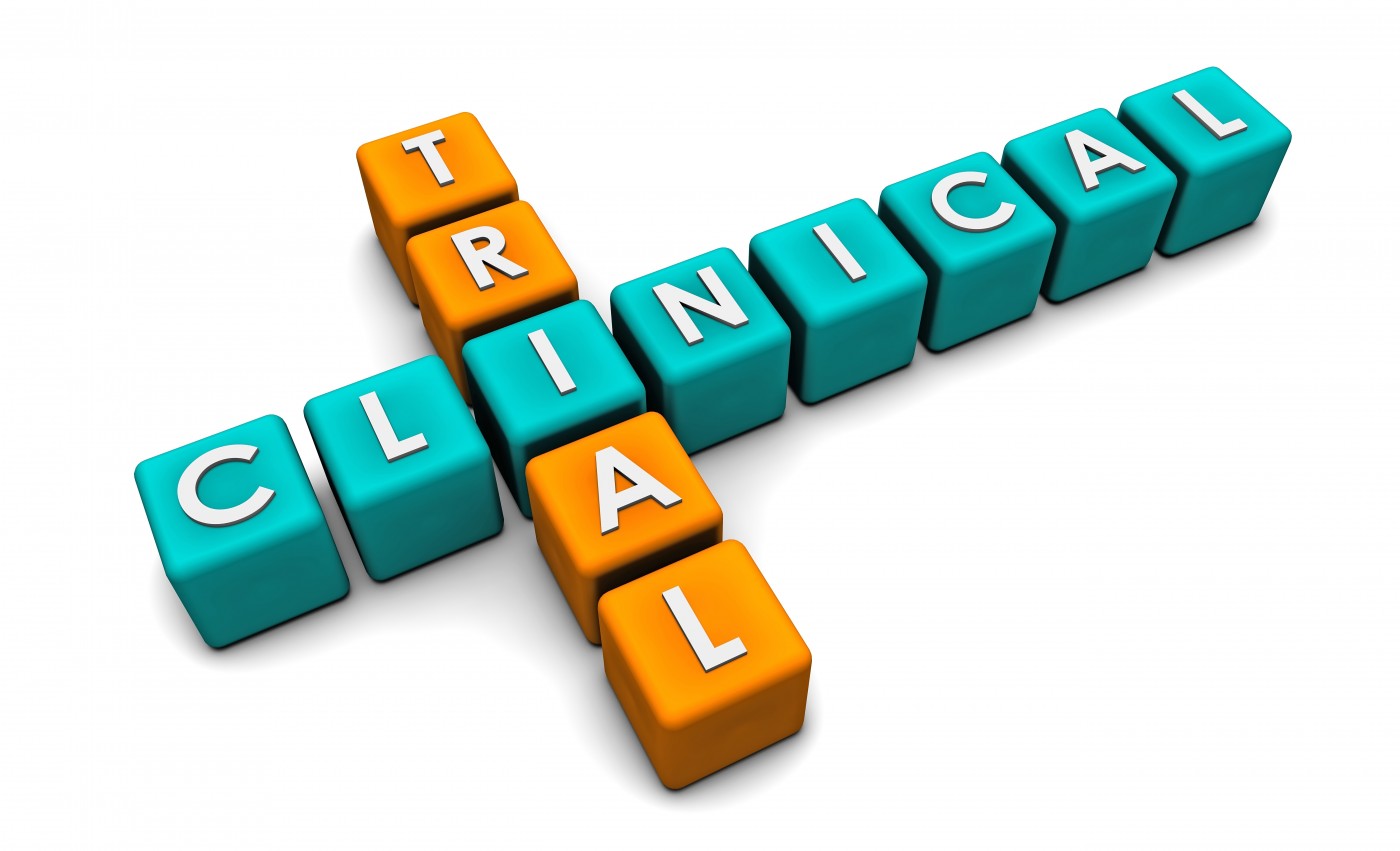Batten Disease Clinical Trials Enrolling Patients to Evaluate Gene Therapies
Written by |

Gene therapies for children with Batten disease are being evaluated in two clinical trials — one in New York and the other in Ohio. The trials are testing ways to treat two types Batten disease by correcting the genetic defect that causes it.
One study is a Phase 1/2 clinical trial (NCT01414985) taking place at Weill Cornell Medical College in New York that’s assessing the safety and effectiveness of using the AAVRh.10 virus to deliver a corrected CLN2 gene to children with late infantile Batten disease, also known as Late Infantile Neuronal Ceroid Lipofuscinosis (LINCL).
This type of Batten disease, a lysosomal storage disorder, can be caused by a mutation in the CLN2 gene. The damage disrupts the ability of brain cells to recycle proteins, killing nerve cells within the brain and leading to progressive neurological and brain damage. The onset of symptoms, a mix of vision and motor problems, are usually evident in children between 2 and 4 years old.
The trial, which is recruiting eight patients ages 3 to 18 with a definite diagnosis of LINCL, will deliver a healthy CLN2 gene using the AAVRh.10 virus — a primate-derived virus known to be safe in people — as the gene transfer vector. Two study arms are planned: one, involving two patients, will receive a higher dose of gene copies, and the other, composed of six patients, will be given a lower dose.
According to a Weill Cornell document on file with the National Institutes of Health, studies in CLN2 knockout mice showed the virus to be an effective gene delivery system and the treatment to have “the potential to slow down the progression of the disease.”
Treatment effectiveness will be determined at months 1, 6, 12, and 18 using the Weill Cornell LINCL scale, a 12-point measure of central nervous system response through changes in feeding, gait, and motor and language skills. Secondary measures will be judged using MRI scans and questionnaires.
This study expects to conclude in December 2020, and will be led by Dr. Ronald Crystal of Weill Medical College. More information, including enrollment contacts, is available on its clinical trials.gov webpage.
In an earlier trial, the same Weill team used the AAV2 virus to deliver a corrected CLN2 gene, and reported that it showed both safety and “small but significant” benefit in treated patients. Researchers believe the AAVRh.10 virus is a more effective delivery system than AAV2, the NIH document states.
In the second trial, NCT02725580, the adeno-associated virus 9 (AAV9) will be used to carry a corrected CLN6 gene to patients with the variant late infantile Batten CLN6 disease. This open label and first-in-human trial, taking place at Nationwide Children’s Hospital in Columbus, Ohio, will enroll at least six people, ages 1 year or older, with a mutation in that gene. The treatment will be delivered once directly into the spinal cord through a lumbar puncture.
Safety and toxicity is this study’s primary objective, but secondary measures of treatment efficacy will be made using MRI scans and cognitive, vision and language testing.
The Gray Foundation, established in 2015 by the parents of Charlotte and Gwenyth Gray, both of whom have this variant of Batten disease with a mutation in the CLN6 gene, is funding and collaborating in this study.
Its principal investigator is Dr. Jerry Mendell with the Center for Gene Therapy at Nationwide Children’s Hospital.
Trial enrollment and other information is available on the study’s clinical trials.gov webpage.




